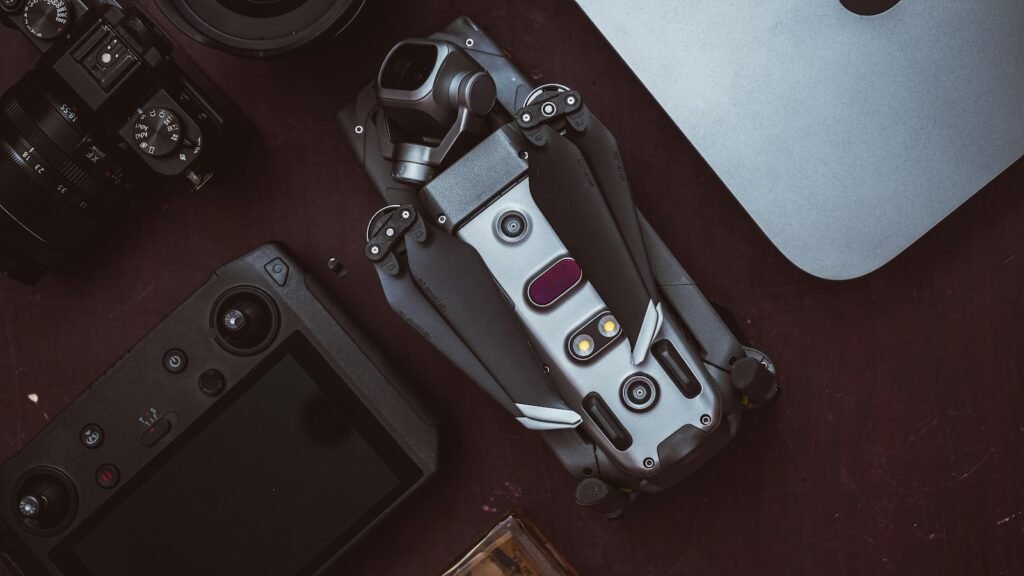CompactFlash (CF) cards were once a popular storage medium for digital cameras, camcorders, and other portable electronic devices. They offered a high storage capacity and fast data transfer speeds, making them a reliable choice for capturing and storing high-quality images and videos.

A Brief History
CompactFlash cards were introduced in 1994 by SanDisk and Toshiba. Their compact size and robust design made them ideal for use in portable devices. The early CF cards had relatively low storage capacities, but as technology advanced, they quickly evolved to accommodate larger and larger files.
The Rise and Fall of CompactFlash
For many years, CF cards were the go-to storage solution for digital cameras and camcording devices. Their popularity was due to several factors, including:
- High storage capacity: As technology developed, CF cards’ storage capacities increased, allowing users to take and save more photographs and videos.
- Fast data transfer speeds: CF cards provided relatively fast data transfer speeds, ensuring quick image and video playback and transfer to computers.
- Durability: The compact and rugged design of CF cards made them resistant to shock, vibration, and temperature extremes, making them suitable for use in various environments.
- Wide compatibility: CF cards were supported by a wide range of digital cameras, camcorders, and other electronic devices.
However, as technology continued to advance, CF cards faced competition from newer storage formats, such as Secure Digital (SD) cards and Compact High-Capacity (CHC) cards. These newer formats offered higher storage capacities, faster data transfer speeds, and smaller form factors, making them more attractive to manufacturers and consumers.
As a result, the popularity of CF cards declined over time. While they are still used in some specialized applications, they have largely been replaced by newer storage formats.
Understanding CompactFlash Cards
CompactFlash cards are essentially small, rectangular memory chips enclosed in a plastic case. They are typically connected to devices using a parallel interface. CF cards come in various levels of storage capacity, from a few megabytes to many gigabytes.
Key Features and Specifications
- Storage capacity: CF cards come in various storage capacities, from a few megabytes to several gigabytes. The bigger the capacity, the more information the card can hold.
- Data transfer speed: CF cards offer different data transfer speeds, measured in megabytes per second (MB/s). Faster transfer speeds allow for quicker image and video playback and transfer.
- Physical size: CF cards have a standard physical size, ensuring compatibility with a wide range of devices.
- Interface: CF cards typically use a parallel interface to connect to devices.
Types of CompactFlash Cards
There are different types of CF cards available, each with its own characteristics:
- Standard CF cards: These are the most common type of CF card, offering a balance of performance and capacity.
- CF Type II cards: These cards are thicker than standard CF cards and can accommodate larger components, such as flash memory modules or additional circuitry.
- CF MicroDrive cards: These cards are essentially miniature hard drives embedded in a CF card form factor. They offer higher storage capacities and faster data transfer speeds but are more expensive and consume more power.
Factors to Consider When Choosing a CompactFlash Card
When selecting a CF card, there are several factors to consider:
- Storage capacity: Choose a card with a storage capacity that meets your needs based on the type and quantity of images and videos you plan to capture.
- Data transfer speed: If you prioritize fast image and video playback and transfer, opt for a CF card with a high data transfer speed.
- Compatibility: Ensure that the CF card you choose is compatible with your device. Check the device’s specifications to determine the supported CF card types and capacities.
- Brand and reliability: Consider purchasing a CF card from a reputable brand known for its quality and reliability.
- Price: CF cards vary in price depending on their storage capacity, data transfer speed, and brand. Set a budget and choose a card that fits within your price range.
Common Issues and Troubleshooting Tips
While CF cards are generally reliable, you may encounter certain issues or problems. Here are some common issues and troubleshooting tips:
- Card not recognized: If your device doesn’t recognize the CF card, ensure that it is properly inserted and that the device is compatible with the card type. Try cleaning the card or using it on another device.
- Corrupted files: If you encounter corrupted files on your CF card, try recovering them using data recovery software. However, be aware that data recovery is not always successful.
FAQs
General Questions
What is a CompactFlash card?
A CompactFlash card is a type of removable storage device used to store data, such as images, videos, and audio files. It was commonly used in digital cameras and camcorders.
What are the advantages to applying a CompactFlash card?
CF cards offer high storage capacity, fast data transfer speeds, and durability.
What is the difference between CompactFlash and SD cards?
Both CF and SD cards are storage media, but CF cards are typically larger and have a higher storage capacity. SD cards are more common in modern devices.
Compatibility and Usage
Can I use a compact flash card in any gadget?
Not all devices are compatible with CF cards. Check your device’s specifications to see if it supports CF cards.
How do I insert a CompactFlash card into a device?
The insertion process varies depending on the device. Consult your device’s manual for specific instructions.
Conclusion
CompactFlash cards were once a popular storage medium for digital cameras and camcorders. However, with the advent of newer technologies, their popularity has declined. While they are still used in some specialized applications, they have largely been replaced by formats like SD cards and MicroSD cards. If you are looking for a storage solution for your digital camera or other portable device, it is recommended to consider these newer options, which offer higher storage capacities, faster data transfer speeds, and smaller form factors.
To read more, click here.





